Porting Maps to Source
1st
Before we can work on porting over the maps, we must first download a set of tools.
#1 WinBSP - Cs-fun-pro.com
#2 BSPedit - Filebase.bots-united.com
#3 Hammer - Download2us.softpedia.com
We will use WinBSP to decompile the original .bsp into a .rmf, which we will then import into SourceSDK. There will be plenty of broken geometry, but it's good as we can now accuratley rebuild the map. The .rmf is simply for viewport reference.
BSPedit will be a great tool for viewing the entities that were in the map. It will give us detailed information to entity names. It will also help us set the height and speed of the jumpers.
Hammer will be used solely for eliminating brush errors in the .map and saving as .rmf
2nd
After setting up our tools, we will now open WinBSP. The program has been poorly translated into a different language, but none of the options really matter for us.
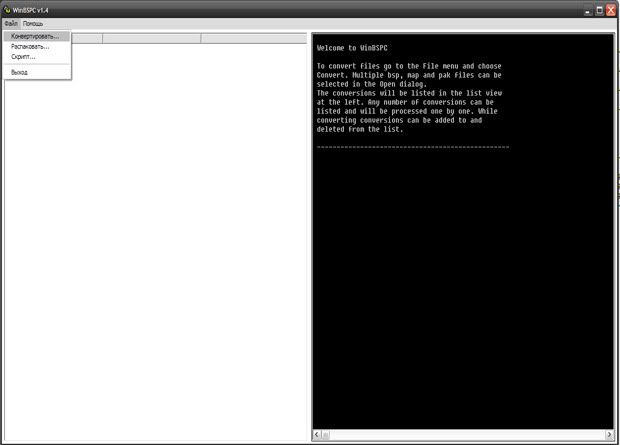
Open the .bsp you wish to decompile and select the .map and hit ok.
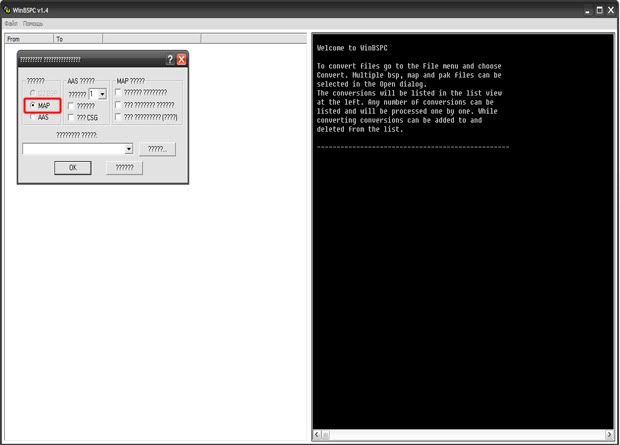
It will then ask if you want the output folder to be the same, just say yes. Now we have our .map file.
3rd
Next, we are going to open up Hammer Editor 3.5 for goldsrc(not SDK). You don't need any game configs set up, just simply open the .map file and click save as .rmf, and that's it.
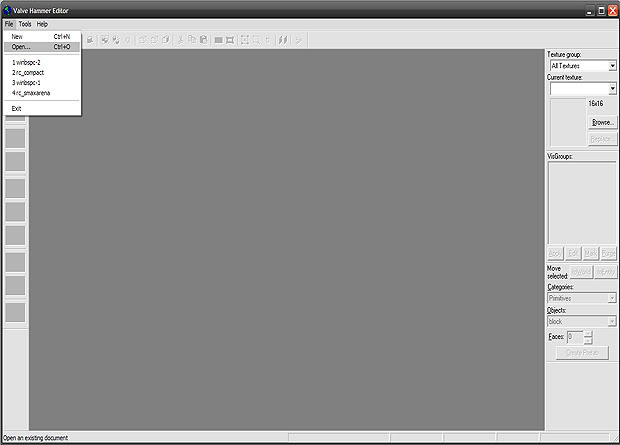
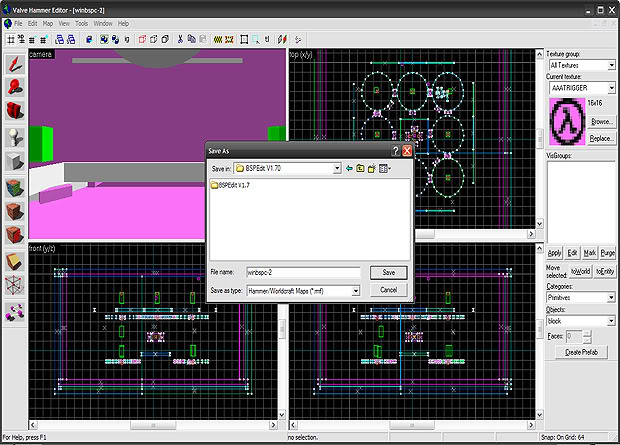
4th
Now we are going to import the .rmf into SourceSDK. This is a simple process. Start SourceSDK, go to Ricochet: Source, and run Hammer Editor. Now go to File>Import. Browse for your .rmf and click ok. The map should now be loaded inside Hammer. Go ahead and save it as a .vmf in your mapsrc folder.
5th
Open up BSPedit. This program will allow us to view the original entity values for the ones in our map. Most of the time these values will carry over to source, but sometimes they don't. Use this program to view your entity values for end jump location and jump arc height.
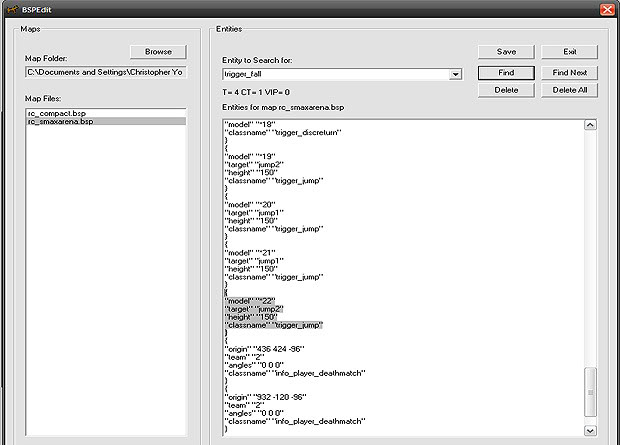
Now you must replace all the brushes with new ones along with everything else. This process allows you to use the map as an exact reference for a replica build. Before compiling, make sure you delete some of the unneeded entities like gameinfo and stuff like that. Also check for errors and fix all of them, as there will be many, but are easy to fix.
*Note* - You will probably need to tune the jumpers as they aren't 100% accurate to the originals. Also, please credit the original author or site you obtained the map from.


It's much easier to place Ricochet: Source elements at same positions that in Ricochet map. Also, check out Developer.valvesoftware.com to know what elements are in Ricochet.